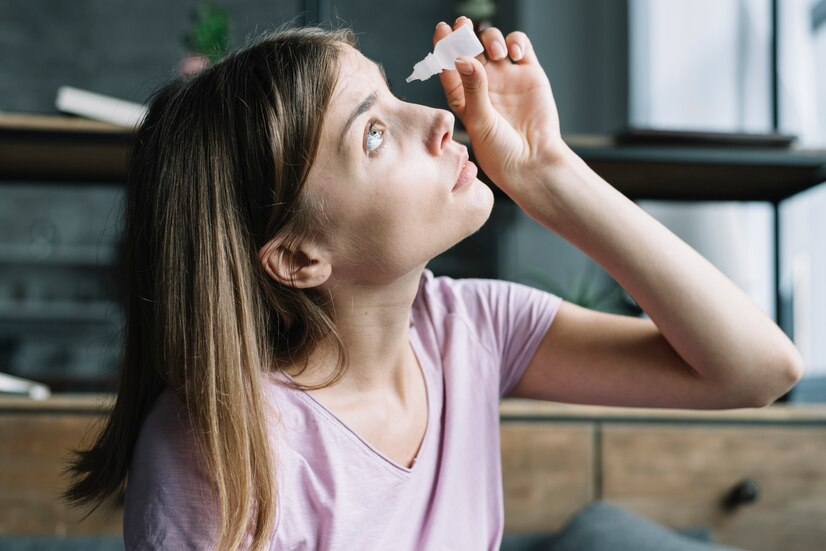Eye drops are essential for many people, whether for allergies, dryness, or other eye conditions. They help soothe and refresh our eyes, making eye care an important part of our daily routines. But what happens when those trusty drops get older? Are they still safe to use? It’s common to find old eyedrops at the back of the medicine cabinet, and their usage becomes a big question. This guide is here to help you understand the risks and best practices for handling these old eyedrops.
Why Do Eye Drops Have Expiration Dates?
Eye drops come in several types: like lubricating drops for dry eyes, allergy drops that ease irritation, or medicated ones for infections. Each type works best when fresh. Expiration dates ensure that the drops are effective and safe.
- Freshness Counts: Expiration dates mean the medicine will work as expected until that time.
- Safety Matters: Beyond the date, the drops might not be safe.
- Preservatives Role: Preservatives in eye drops guard against germs but only for a while.
Despite preservatives, once opened, eye drops gradually lose their ability to prevent contamination. This can make reusing old eyedrops unsafe. Always check the expiration date before using.
Watch Out: Risks of Using Expired Eye Drops
Using old eyedrops can be risky. Here are some dangers:
- Lost Effectiveness: The drops may not work and fail to relieve symptoms.
- Contamination Concerns: Bacteria might grow in the bottle. This can lead to infections.
- Side Effects: You might experience redness, irritation, or unclear vision.
The protective preservatives weaken over time, allowing bacteria to flourish. This is especially true if the bottle isn’t stored properly. The result? Risky reusing old eyedrops that might harm rather than help your eyes.
Signs Your Eye Drops Have Gone Bad
How can you tell if your eye drops are no longer good? Here are signs to watch for:
- Color Changes: If the drops change color, they may be spoiled.
- Strange Odor: A bad smell could be a sign of contamination.
- Texture Alteration: Lumps or cloudiness mean something’s wrong.
Improper storage, like leaving a bottle in a hot car, can lead to these changes. After using questionable drops, look out for discomfort like redness or swelling. It’s better to be cautious and replace them.
Immediate Steps After Accidentally Using Expired Drops
Accidents happen, and sometimes we use expired drops without realizing it. Here’s what to do:
- Rinse Your Eyes: Use clean water to gently wash your eyes right away.
- Monitor for Symptoms: Watch for signs like irritation or blurry vision.
- Seek Help: If problems persist, consult an eye doctor quickly.
These steps minimize possible harm. Keeping vigilant after reusing old eyedrops is crucial. It’s always smart to consult a professional if anything feels off.
Proper Storage and Handling: Keeping Eye Drops Safe
Storing your eye drops correctly keeps them effective:
- Stay Cool and Dry: Keep drops in a cool, shaded place.
- Practice Hygiene: Clean your hands before use and don’t touch the dropper tip.
- Know When to Replace: Replace drops as advised by the packaging or your doctor.
Proper handling can extend the life of your eye drops and ensure they remain safe and effective.
Smart Usage: Alternatives and Consulting Professionals
When should you switch to new drops or consider other options? Here’s how:
- Time to Change: If drops are expiring, switch to a fresh bottle.
- Seek Alternatives: Talk to your doctor about other treatment options.
- Stay Informed: Regular eye care check-ups can offer guidance on proper eye drop use.
Consulting an eye care professional ensures your approach aligns with good practices. This ensures safety and effectiveness when rethinking old eyedrops usage.
Prioritize eye health by using drops properly and consulting specialists for advice; it may prevent future issues. Always follow safety guidelines for a clear, comfortable vision.


